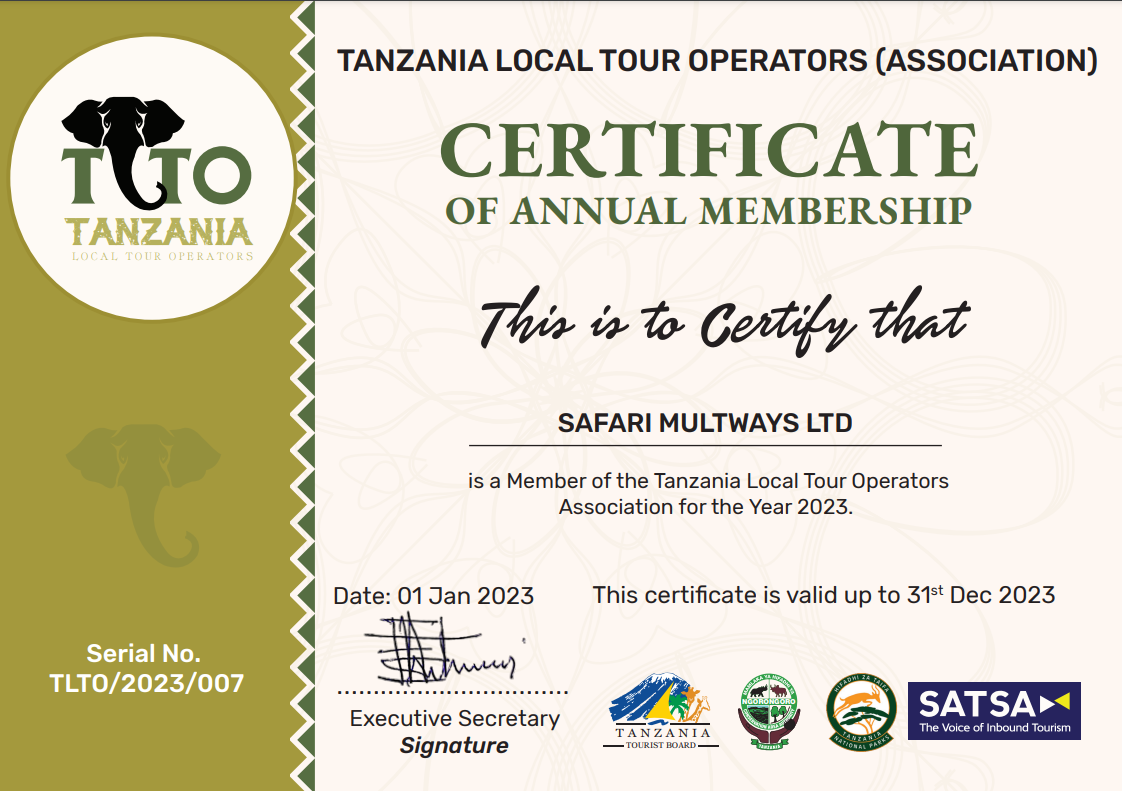Scaling Kilimanjaro: The Challenge of Conquering Africa’s Tallest Peak
Journey to the Summit: Scaling Kilimanjaro
Nestled in the heart of Tanzania, Africa’s tallest peak, Kilimanjaro, stands as a formidable challenge for even the most experienced climbers. Rising majestically to a height of 19,341 feet above sea level, this iconic mountain beckons adventurers from around the world to undertake the ultimate test of physical and mental endurance.
The journey to the summit of Kilimanjaro is a breathtaking odyssey through diverse landscapes, from lush rainforests to alpine deserts and glaciated peaks. As climbers ascend higher, they face not only the physical demands of high altitude but also the unpredictable weather conditions that can change in an instant.
The trek to the summit typically takes between five to nine days, depending on the chosen route and acclimatization schedule. Each day brings new challenges and rewards, from navigating rocky terrain to marveling at the panoramic views of the surrounding plains below.
One of the most popular routes to the summit is the Machame Route, known for its stunning scenery and gradual acclimatization profile. Climbers begin their journey at the Machame Gate and slowly make their way through dense forests, crossing streams and ascending steep ridges until they reach the barren landscape of the Shira Plateau.
From there, the trail winds its way through the Lava Tower and Barranco Wall before reaching the final push to the summit via the Uhuru Peak. The sense of accomplishment upon reaching the "Roof of Africa" is truly unparalleled, as climbers stand atop the highest freestanding mountain in the world.
Overcoming Obstacles: Conquering Africa’s Tallest Peak
Scaling Kilimanjaro is no easy feat, requiring a combination of physical fitness, mental resilience, and proper preparation. Climbers must be prepared to face a myriad of obstacles along the way, from altitude sickness to extreme weather conditions.
Altitude sickness, also known as acute mountain sickness (AMS), is a common challenge faced by climbers attempting to reach the summit of Kilimanjaro. Symptoms can range from mild headaches and nausea to more severe conditions such as pulmonary edema or cerebral edema. Proper acclimatization and hydration are key to minimizing the risk of altitude-related illnesses.
Weather conditions on Kilimanjaro can be unpredictable, with temperatures ranging from scorching heat during the day to freezing cold at night. Climbers must be equipped with appropriate clothing and gear to protect themselves from the elements, including sturdy hiking boots, warm layers, and a reliable waterproof jacket.
Physical and mental stamina are also essential for conquering Kilimanjaro, as climbers face long days of trekking at high altitude and challenging terrain. Training beforehand with regular hikes, cardio exercises, and strength training can help build the necessary endurance for the climb.
In the end, the journey to the summit of Kilimanjaro is not just about reaching the highest point in Africa, but also about pushing personal boundaries and discovering the resilience within oneself. The sense of achievement and awe-inspiring views from the top make the challenges and obstacles along the way all the more worthwhile. So, for those brave enough to take on the challenge, Kilimanjaro awaits, ready to test your limits and reward your determination.



